Chinas Assistance Program in Xinjiang
Chinas Assistance Program in Xinjiang
A Sociological Analysis
Yuhui Li
LEXINGTON BOOKS
Lanham Boulder New York London
Published by Lexington Books
An imprint of The Rowman & Littlefield Publishing Group, Inc.
4501 Forbes Boulevard, Suite 200, Lanham, Maryland 20706
www.rowman.com
Unit A, Whitacre Mews, 26-34 Stannary Street, London SE11 4AB
Copyright 2018 by The Rowman & Littlefield Publishing Group, Inc.
All rights reserved . No part of this book may be reproduced in any form or by any electronic or mechanical means, including information storage and retrieval systems, without written permission from the publisher, except by a reviewer who may quote passages in a review.
British Library Cataloguing in Publication Information Available
Library of Congress Cataloging-in-Publication Data Available
LCCN 2018945970 | ISBN 9781498539395 (hardback : alk. paper) |
ISBN 9781498539401 (electronic)
 The paper used in this publication meets the minimum requirements of American National Standard for Information SciencesPermanence of Paper for Printed Library Materials, ANSI/NISO Z39.48-1992.
The paper used in this publication meets the minimum requirements of American National Standard for Information SciencesPermanence of Paper for Printed Library Materials, ANSI/NISO Z39.48-1992.
Printed in the United States of America
Contents
Demographic Characteristics of Xinjiang, 19532010 |
Administrative Structure and Demographic and Socioeconomic Characteristics of Xinjiangs Prefecture-Level Units (2014) |
Percentage of Major Ethnic Populations in Prefecture-Level Administrative Units in Xinjiang (2014) |
Matching Partners of the Assistance Program in China, 1979 |
Tibetan Conferences and Changes of Assistance Partners in Tibet, 19802015 |
Government General Budgetary Revenue and Expenditure, Xinjiang and China, 19502015 |
Economic Aid to Xinjiang by Assistance Partner Units, 20102015, 100 Million Yuan |
Economic Indicators of Prefecture-Level Administrative Units in Xinjiang, 2014 |
The 2005 Model of Higher Educational Assistance Program in Xinjiang: Institutions and Academic Areas |
Participating Universities and Their Status in the 2010 Assistance Program in Xinjiang |
Average GDP (Yuan) and Disposable Income (Yuan) in Xinjiang and China, 19802015 |
Percent of Urban Population in Xinjiang, 19492014 |
Rural Average Income of Selected Districts and Poverty Villages in Xinjiang and Southern Xinjiang, 2009 |
Descriptive Statistics for IMR in Districts and Townships Predominantly Inhabited by Various Ethnic Groups and by Mixed Racial Groups in Xinjiang, 2000 |
I wish to thank the College of Humanities and Social Sciences and the Provost Office at Rowan University for granting me adjusted teaching load to work on this research.
I spent much time doing research for this project in the East Asian Gest Library at Princeton University. I want to thank the staff there who were most helpful.
I have shared my research at meetings of the Central European Studies Society. I appreciate valuable feedback and input from colleagues at the meeting, particularly comments made by James Millward.
Additional thanks go to members of the editorial group of Lexington Books. I want to specifically thank Brian Hill, former acquisition editor of History and Asian Studies, for his initial suggestion of producing a manuscript based on my research on the current topic, as well as his patience and assistance when I was writing the book; Julia Torres for her diligence in overseeing the editing process of this book; and Joseph Gautham for his guidance and help in the production of this book.
It is not an exaggeration to state that Xinjiang plays a decisive role in Chinas efforts to realize the China Dream, which is an inspirational slogan that the Xi administration put forward to guide the future of China. which is the most ambitious project that China has launched to help achieve the China Dream. Furthermore, Xinjiang is rich in natural resources such as oil, coal, gas, and minerals, all of which are badly needed for Chinas continued economic development.
Despite these attractive features, there are serious problems and challenges in Xinjiang that hold the potential to become severe obstacles in Chinas efforts to achieve its expectations. A diverse region in terms of the population composition, Xinjiang is home to many ethnic populations that are culturally and socially as well as physiologically different from the dominant Han population in China. Numerous ethnic groups, particularly the Uyghur, have been attempting over decades to seek meaningful recognition of their ethnic identity and autonomy from China. These aspirations have led to periodic ethnic tension and conflict in Xinjiang, especially since the end of the 20th century.
Following the worst racial violence for decades in the region in 2009, which resulted in close to two hundred deaths and thousands injuried, the Chinese government made several moves to fundamentally address the racial tension in the region, with the most significant being the strengthening of an existing partnership assistance program between Xinjiang and the eastern and central parts of China. Starting from 2010, 19 provinces and municipalities in coastal and central regions of China, as well as departments directly under the central government, have been matched with various administrative divisions in Xinjiang as assistance partners. The provinces and municipalities were required to commit 0.3 to 0.6 percent of their respective annual revenues to the assistance program and deliver economic, technological, human capital, cultural, social welfare, and other resources to the recipient administrative units in Xinjiang for at least a decade starting from 2010.
The chain of events that led to the 2010 version of Xinjiang assistance program described above confirms numerous scholarly observations on developmental patterns and strategies of China in general and Xinjiang in particular. First, the heavy emphasis on financial and economic aspects in the program is yet another indicator that the Chinese government believes that economic development is an effective cure for all problems in the society, including racial tension. Second, the program reflects the Chinese governments teleological assumption of the countrys continuous progress and improvement in its developmental trajectory. Under this assumption, Xinjiang is viewed as one of the regions with deficiencies and inadequacies and therefore it needs help to catch up with economically advanced areas. Finally, another noticeable pattern is that all decisions concerning the program are made by the central government and assistance delivering units. Local communities and populations in Xinjiang, that is, target recipients of the assistance, have few, if any, opportunities to present their input concerning the program even though they are the ones who endure direct and serious consequences of the implementation of the program.
The expectation that economic progress brings social harmony and the assumption that interventional programs leads to the improvement of societal conditions are both controversial issues in social science research. An analysis of the Xinjiang assistance program and the dramatic social, economic, demographic, environmental, and other changes it has generated can help shed light on these postulations. It is important, however, to note that the analysis reflects perspectives of not only decision makers of the program, but also those who are on the receiving end of the assistance.

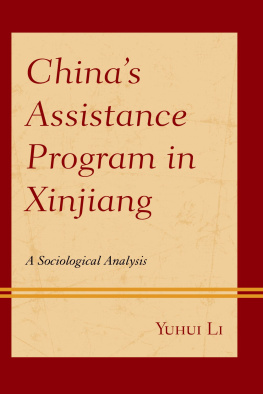

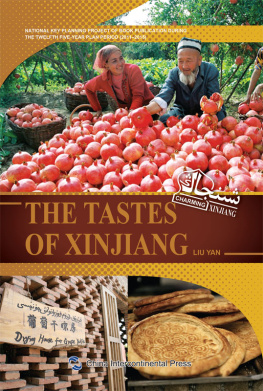
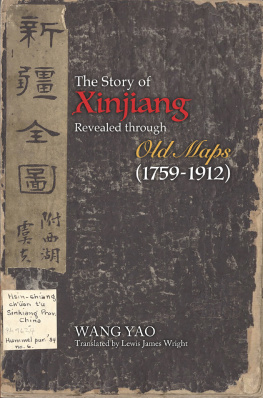
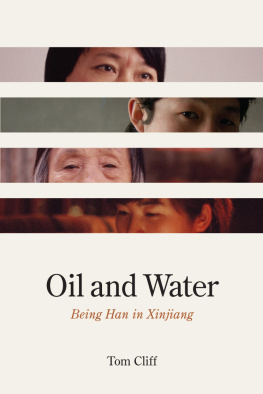
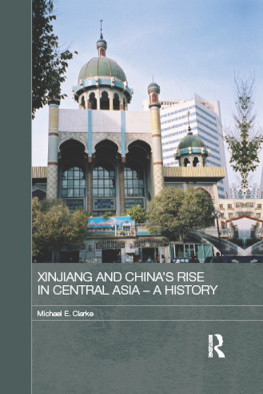
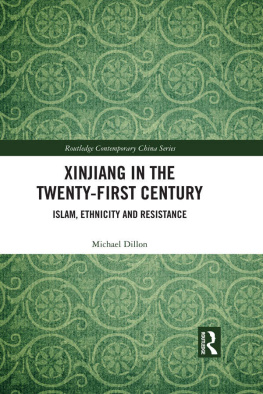
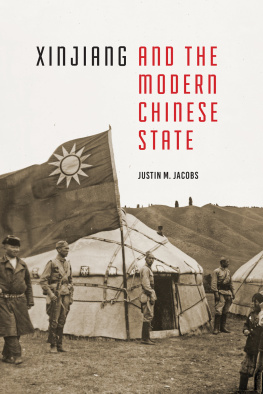
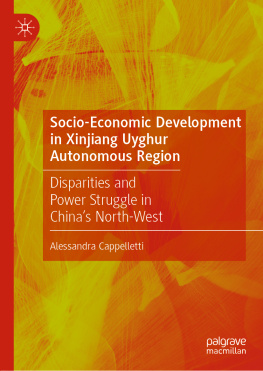
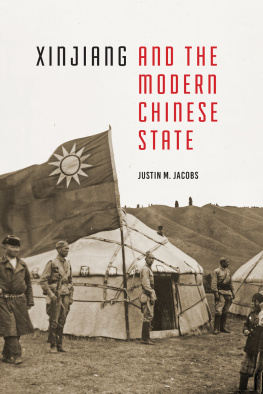


 The paper used in this publication meets the minimum requirements of American National Standard for Information SciencesPermanence of Paper for Printed Library Materials, ANSI/NISO Z39.48-1992.
The paper used in this publication meets the minimum requirements of American National Standard for Information SciencesPermanence of Paper for Printed Library Materials, ANSI/NISO Z39.48-1992.